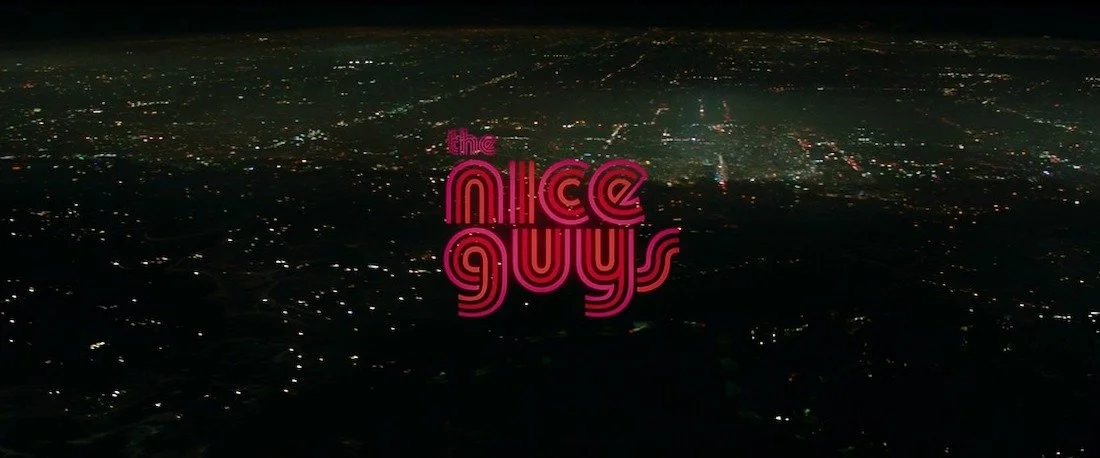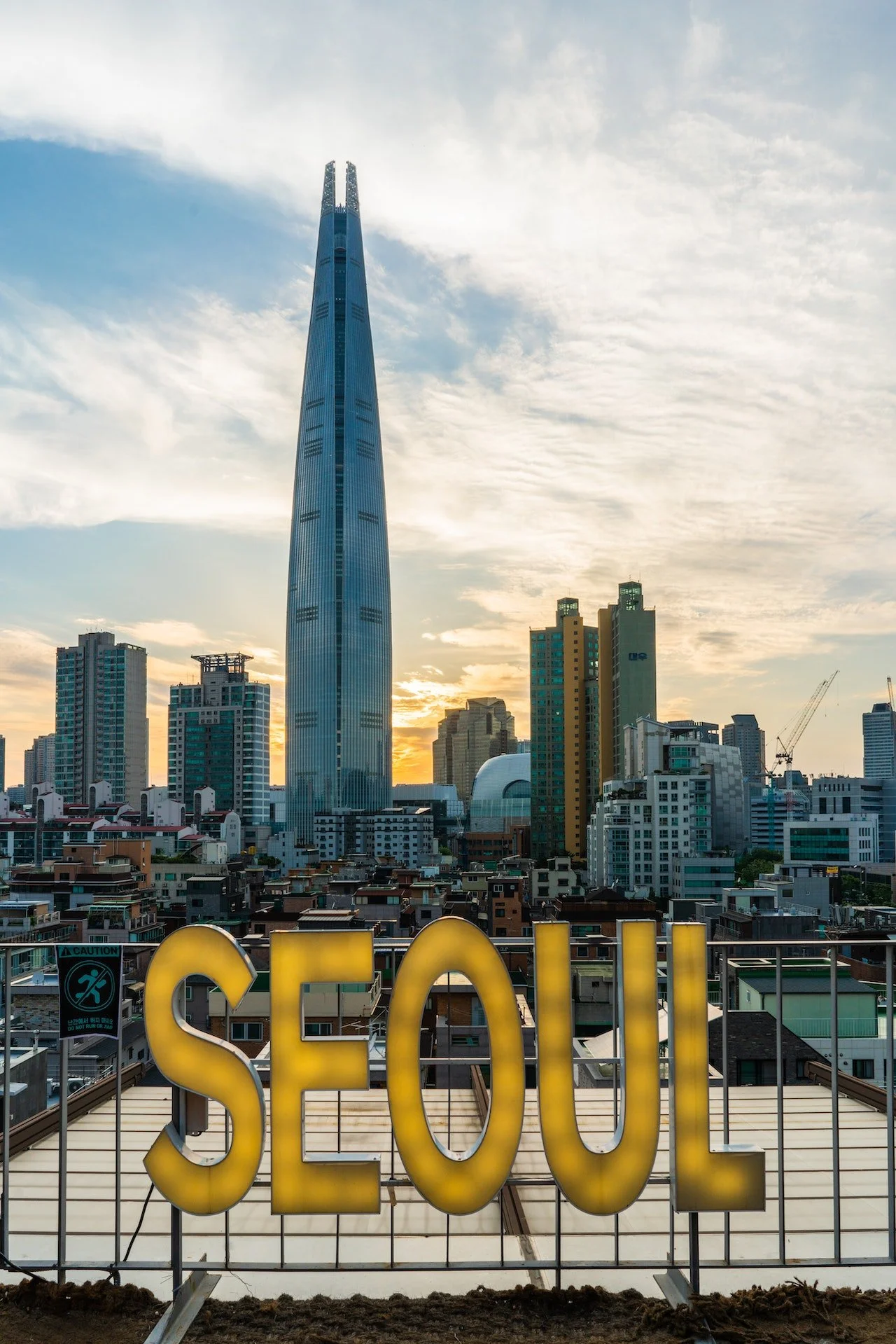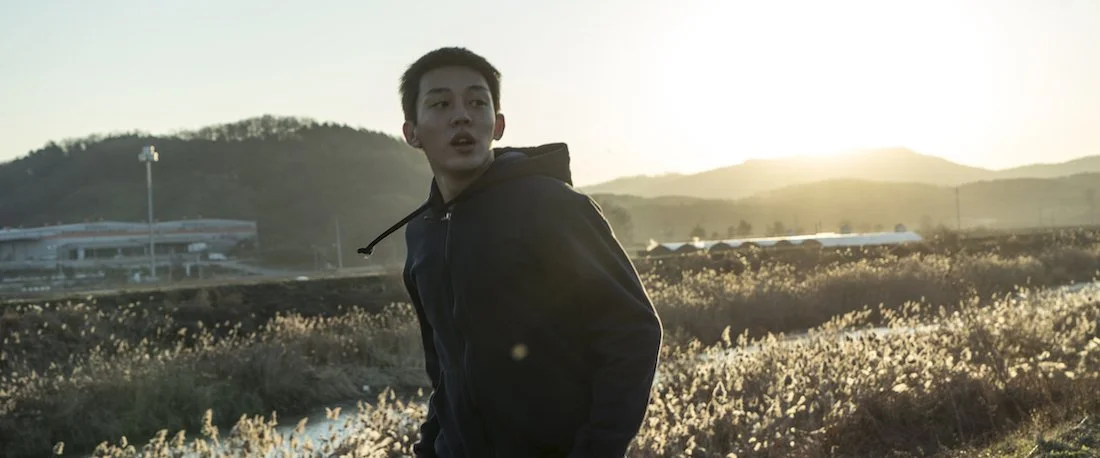Home On Film
The cities of the world are concentric, isomorphic, synchronic. Only one exists and you are always in the same one. It's the effect of their permanent revolution, their intense circulation, their instantaneous magnetism.
- Jean Baudrillard, “Cool Memories” (1987)
I was born and raised in Los Angeles. More specifically, in Hollywood, California.
I spent the first part of my life trying to escape the film/tv world entirely. My family was in the business, so I grew up in theaters and on sets, attending wrap parties and being dragged to my mother’s auditions. From what I saw, it wasn’t much of a life. So I tried to stay the hell away from it. I failed miserably. I have spent the latter portion of my life in a series of almost Faustian negotiations with the world of film and television; arguing, pleading, bargaining, and finally doggedly coming to terms with my “cinema identity.”
So here I am, about two decades after beginning that fight, waving a white flag, finally admitting that I’m stuck; my life is film and television. Part of my surrender has been that I found a location that has brought me career success, possibilities ,and personal satisfaction: Seoul, South Korea. I have been living here for three years now, and I don’t have plans to leave anytime soon. When I left the US, I sold everything I owned—my 16mm film collection, my comic book and graphic novel collection, most of my DVDs, and an extensive film/pop culture literature library. But that was all just stuff in the end and, as George Carlin said, “a house is just a place to keep your stuff while you go out and get more stuff.”
Living here isn’t easy but the longer I live here, the more I love it. Realistically, cities are a lot like people—complex, unpredictable, dark at times but relentlessly caring at others. The countryside is nice, but it’s not for me. If given the chance, would I go back three years ago and make the same choice? Would I give up my world and fuck off to Korea? Absolutely. This place can be rough but it’s worth it.
There is something magical about watching a place you call home materialize on a screen before you. If you have been away for a while, it figures in as a missing friend or family member. That’s how I feel about LA. If it is a location in which you currently reside, the familiarity is striking; it hits hard and powerfully, in a “they’re playing our song” kind of way. That is me when I see Seoul appear on-screen. So let's talk about what I call “Home on Film.”
Los Angeles
I have always loved movies filmed in , or that take place in, LA. How could I not love my hometown? When I was living in Prague for a stint back in the early ‘00s, I worked at a video store. One of the locations (it had three) used to rent TVs and VCRs in addition to upstairs spaces for you to sit and watch the films. I rented a copy of Steve DeJarnatt’s 1988 masterpiece MIRACLE MILE, threw it on and let it carry me home, cradling me in all its apocalyptic romance and excitement.
If you haven’t seen MIRACLE MILE, you haven’t lived. Yes, that is hyperbole but it’s a great film. To see MM is to love MM. Amongst other genuinely wonderful things, it allows the audience to intimately experience a unique section of Los Angeles that gets overlooked a lot. While Mick Jackson’s 1997 disaster flick VOLCANO (which I love) covers this area a little, it is DeJarnatt’s film that offers up a real love song to this neighborhood full of museums, business towers, diners, and dinosaur fossils. I spent a lot of my childhood in this area and ended up living in an apartment just on the outskirts for almost 20 years before skipping off to Korea. I certainly miss it. Thanks to DeJarnatt, however, I feel like I can visit anytime (and it’s much cheaper than an airplane ticket).
I have always loved watching Shane Black’s movies around Christmas time. Since Black loves LA and loves Christmas, I love Shane Black. This year, however, was a particularly special viewing. It was Christmas night and I got the blissful privilege of watching two of his films with one of my dear friends here in Seoul who had never seen either KISS KISS, BANG BANG (2005) or THE NICE GUYS (2016). We had a blast. I also got to share bits and pieces of Los Angeles history (and my old life) with her. Careful not to ruin the viewing experience, I periodically made note of certain neighborhoods and clubs, traffic realities and (of course) bars (many of which no longer exist). Sharing those films wasn’t quite as good as getting to take my friend to visit LA, but it was close. More importantly, the experience of watching those films with her for the first time was exciting as hell.
LA has changed, especially since the pandemic. Things have shut down, closed, landmarks have been temporarily or (heartbreakingly) permanently shuttered. That’s been hard on me, living here in Korea. I know that even if I wanted to, I can never really go “home” again. What I do know is that I can always throw on Michael Curtiz’s MILDRED PIERCE (1945) if I ever want to visit Glendale. If I want to see bits and pieces of Venice Beach? I can just watch the opening shot of TOUCH OF EVIL (Orson Welles, 1958). And, if I’m really that homesick for Benedict Canyon, Spanish-style architecture, and so on? I can see an incredibly faithful recording of Hollywood and Beverly Hills circa 1950 by throwing on the brilliant IN A LONELY PLACE (Nicholas Ray). Los Angeles is always there for me and it always will be.
My city is a beautiful one and, while non-locals may not always share that opinion, it has always provided me with comfort and support. I feel lucky that I come from a place that has been so devotedly committed to film. Being able to have constant access to my home is great when you live so far away. But my attitude towards the whole thing can be well summed up by the great film philosopher Buckaroo Banzai when he said, “No matter where you go, there you are.”
Seoul
When I first moved to Korea, I lived in Paju. Paju is quite filmic in its own right, existing right next to the DMZ and thus allowing for at least a brief mention of Park Chan-wook’s masterpiece (and one of my favorite films of all-time) JSA (2000). But I never went to the DMZ while living there so that has never been one of the films that I work through when I look at this “Home on Film” process. What do I examine? Lee Chang-dong’s 2018 thriller, BURNING.
It was shot in both Seoul and Paju, and mirrored a lot of my visual experiences when I first arrived. The greenhouses and farmland pictured in the film is literally Paju. It was shot there. So every time I would hop on a bus to go to Seoul (nearly every weekend—there’s not a lot to do in Paju), I would ride through extraordinary landscapes full of greenhouses, fields, and farm-life. It was a massive “I guess we’re not in LA anymore,” moment.
The transition into Seoul was equally cinematic. Hitting that city shifted me into another film, as though it were a reel change from the projectionist’s booth. Immediately taken from the agricultural surroundings of Paju/BURNING, I was shoved right into Bong Joon-ho’s brilliant THE HOST (2006) by way of the bus driving alongside the Han River.
Seeing all the bridges (there are 27 in total) I always looked for the one that the titular character swung and climbed on. Looking at the people relaxing next to the water, the river-adjacent areas from the film that Song Kang-ho and family ran in terror from the aforementioned creature became so real. It was fantastic. Every journey I made from Paju to Seoul became, by default, my BURNING to HOST journey.
Now that I live in Seoul, I am still haunted (in a good way) by THE HOST. I live spitting distance from the Han and I would be lying if I said that I didn’t love being so close to my favorite anti-colonial monster. But my cinematic vision of Seoul has grown exponentially as I have worked my way through the Korean films of the ‘60s, ‘70s, and ‘80s. Movies like THE COACHMAN (Kang Dae-jin, 1961), UNDER THE SKY OF SEOUL (Lee Hyeong-pyo, 1961) and WHAT HAPPENS IN AN ALLEY (Park Jong-ho, 1962) have provided a brilliant lens through which to view the economic inequities and cultural details of postwar Seoul while works like SPLENDID OUTING (Kim Soo-yong, 1978), THE MAIDEN WHO WENT TO THE CITY (Kim Soo-yong, 1981), and CHILSU AND MANSU (Park Kwang-su, 1988) have graciously given me a door to walk through and deeply examine the physical, political and socioeconomic machinations leading to where we are today.
Surveying my current center of operations, I realized that the circumstances of viewing “Home on Film” are more complex than they used to be. The nuances of day-to-day life here involve more precision and care than what I knew in Southern California. Visualizing Korea on screen involves a whole new set of skills that I have developed and am continuing to work on. Korea in the cinema (Seoul especially) is an experience that I enjoy equally as much as Los Angeles in the cinema but at the end of the day it will always be the movies that have my heart over anything else.







